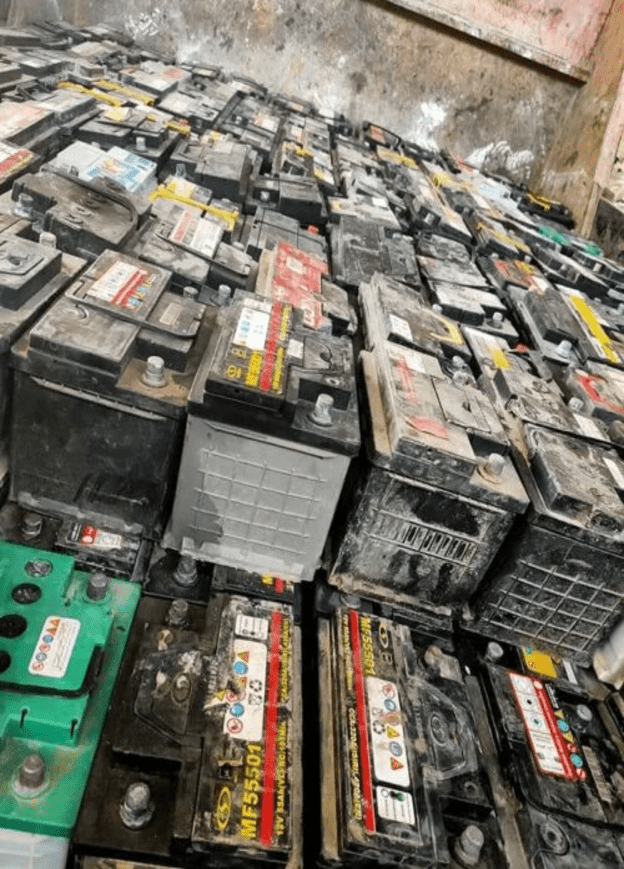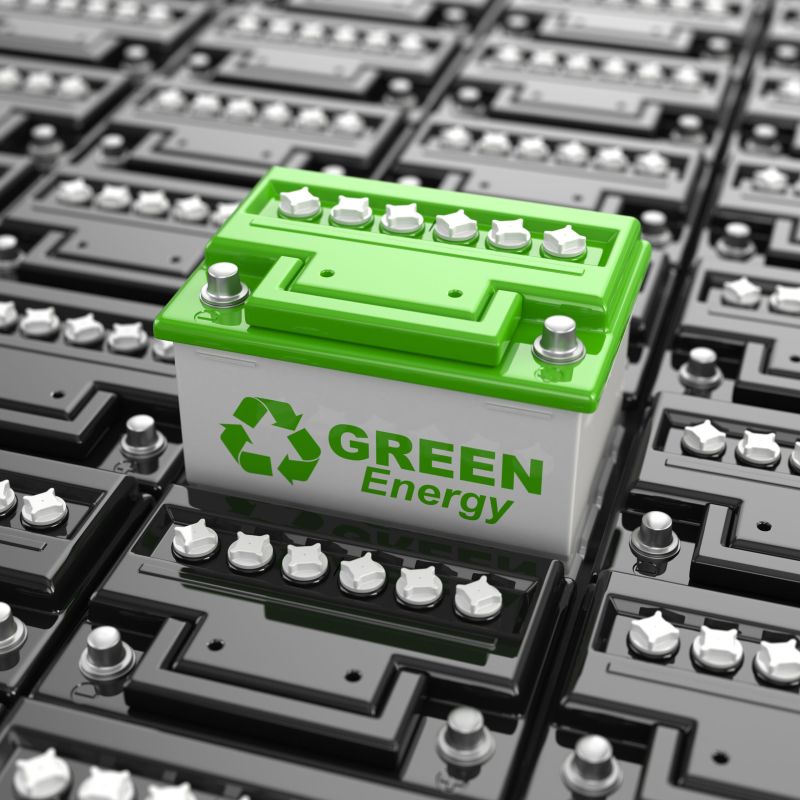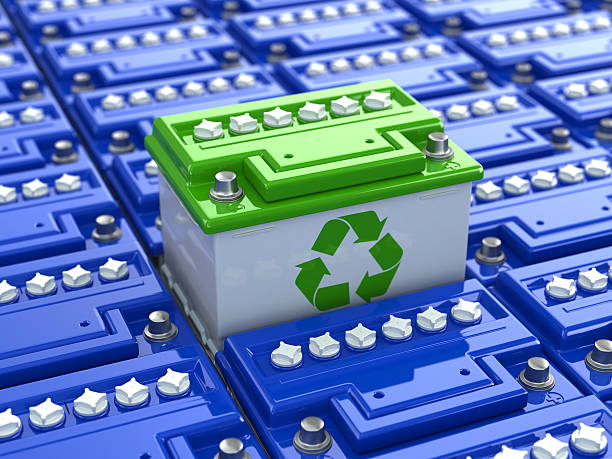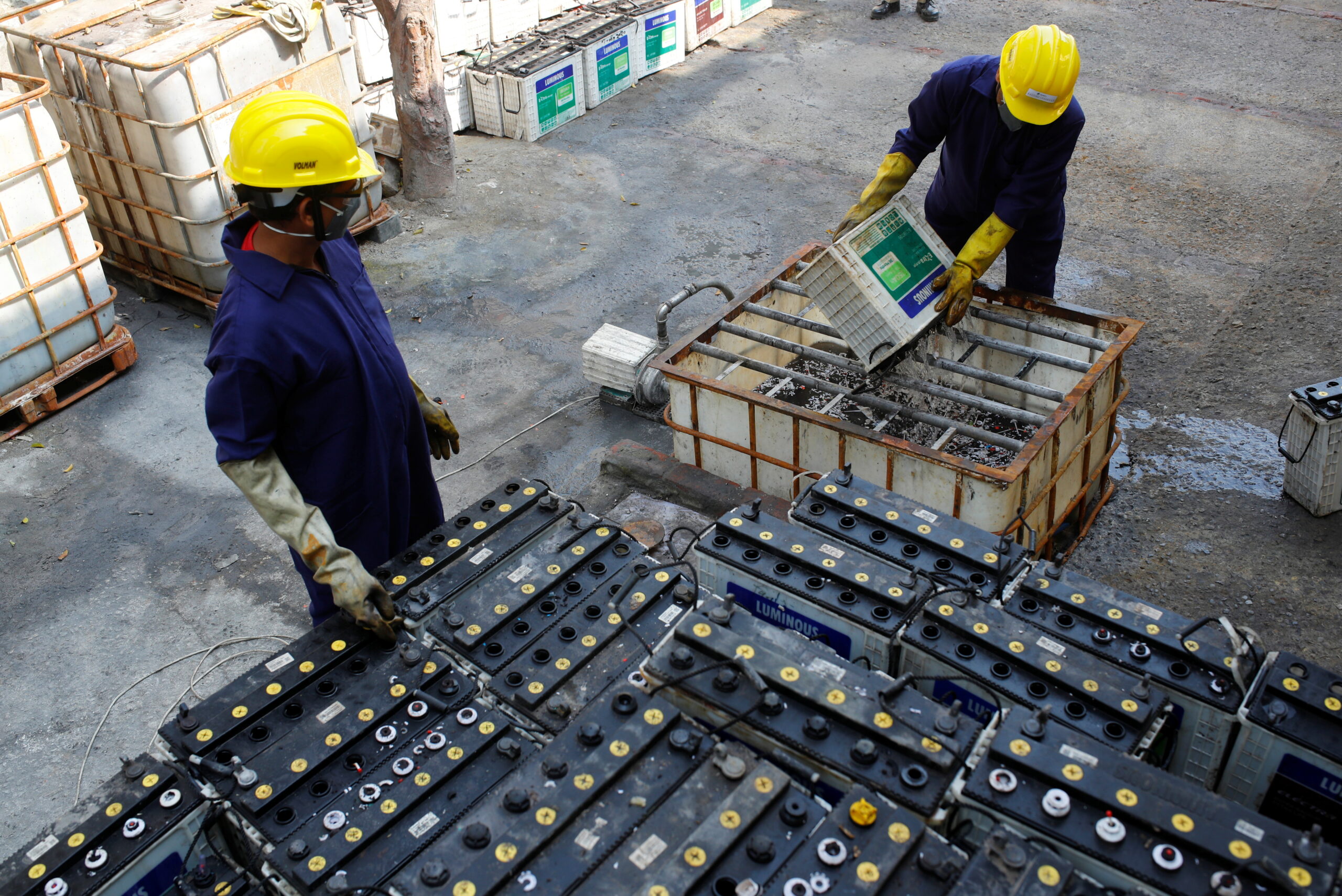Waste Management Company | Scrap Recycling Services
- Open Hours: Mon-Sat 10:30 am-7:00 pm
- Email: info@spasrecycling.com
- Address: T-15 Pinnacle Business Park Andheri East
- TollFree : 18002122130
Lead Acid Battery Recycling Company in India
Lead Acid Battery Recycling Company
Lead Acid Battery Recycling Company in Mumbai, India
Spas Recycling Pvt Ltd are a reputable scrap battery recycling firm authorized by CPCB & MPCB in India, expertly managing the lead-acid battery disassembly and recycling process in a way that respects the environment and society. We buy various kinds of battery trash, including solar, inverter, and automobile batteries. We provide the greatest pricing for used batteries both locally and internationally. The spent batteries are safely transported to our recycling facility so that there is no risk of water or air pollution during the safe battery recycling procedure. We firmly believe that a safe and pollution-free environment is essential.
Because significant amounts of lead and plastic may be recovered, recycling car batteries is one of the most fascinating recycling procedures. Because lead is easily extracted and can be recycled, the procedure is simple and economical is reusable a number of times. This resulted in the recycling of other batteries as well as other successful enterprises.We’re committed to fulfilling our responsibility as a community resource by making sure lead-acid batteries are processed at our facilities and recycled.
- Most comprehensive battery waste management plan
- Govt. Approved huge recycling capacity of 5000 Metric Tons/year
- Environment friendly recycling/processing with zero dumping
- Transparent and secured systems and processesList Item
For Services
- +91 8689-899-899



Lead Acid Battery We Buy
We collect, recycle & disposal all types Lead Acid Battery Scrap.

- Sealed Lead Acid Batteries
- Gel Sealed Lead Acid Types
- Deep Cycle Lead Acid Batteries
- Engine Starting Lead Acid Batteries
- Standby Lead Acid Batteries
- Marine Specific Batteries


Lead Acid Battery Recycling
Lead Acid Battery Recycling Plant
A lead-acid battery recycling plant’s scrap battery recycling process entails a number of steps, including collection, crushing, sorting, and smelting. The lead industry is very interested in the lead recycling process. These days, secondary lead smelters account for more than half of global lead production. Lead scrap and lead-acid batteries are the primary raw materials used in this procedure. Approximately 90% of used batteries are recycled.
Lead has one of the greatest recycling rates globally, surpassing those of more well-known recycled materials like glass or paper. Furthermore, compared to all regularly used metals, it is the most recycled—far more so than copper, aluminum, or zinc.
Recycling lead contributes significantly to sustainable development by reducing the putting strain on non-renewable resources and cutting carbon emissions using an easy-to-use, low-energy recovery technique.
Lead Recycling Battery Process includes these following steps

- Breaking and Separation
It’s employed Lead-acid scrap batteries are delivered in trucks or containers, which are then unloaded at the battery recycling facility. A breaking and separation system is then used to treat the batteries. After the scrap batteries are broken down using a hammer, the lead oxide powder is removed and separated using a sieve conveyor. Following this, the sink and float tanks are used to separate the lead and plastics. Within the final tank, the PP and PE are likewise segregated. The water is filtered through a filter press and then circulated again as part of a closed-loop system.

- Desulphurization System
After being gathered in a tank, lead paste is either pumped to a filter press for dewatering or delivered to the desulphurization system, where the paste cake is released into a designated area in preparation for smelting. The lead paste desulphurization technology reduces SO2 emissions to an extremely low level and reduces slag generation to less than 10% of lead produced. Reagent and flux additions to the process require less, which boosts the smelting furnace’s productivity.

- Lead Smelting
The process of extracting the metal from impurities is called lead smelting. It is put inside a furnace and heated to extremely high temperatures. The metal melts as a result. Lead dust and hazardous slag are solid waste products that are produced during the melting process of the raw material. A metal or high-grade metallic combination is also produced. The sintered material is then fed into a blast furnace. Here, it is heated to approximately 1,200 degrees Celsius. The heat causes the lead oxides to reduce to elemental lead while impurities are separated as slag

- Refining and Alloying
Hard lead or crude lead is the lead that is obtained through smelting in a rotary furnace. Slag and remaining oxides must be removed from the lead that was tapped out of the furnace. All of the contaminants settle to the surface and are skimmed off after some stirring. The lead that was retrieved using a blast furnace is heavily contaminated and contains unwanted materials. Conversely, the lead needed to make batteries is either hard lead with different antimony compositions or soft lead with 99.97% purity.

- Lead Casting
Casting machines are used to cast lead ingots. This device combines many chain conveyor systems. Pure lead is poured into the molds using a lead pump or flow-regulating valves. A load cell installed in the feeding system manages the lead pump’s speed and automatically adjusts the lead flow. After the casting system, the ingot stacking procedure is utilized to continually create a stack of lead ingots that can be strapped and moved by forklifts. This device expedites and simplifies the process while saving labor.
Benefits to recycle battery scrap properly
Benefits of Lead Battery Recycling
Lead recycling helps to preserve natural resources by significantly reducing the requirement for mining virgin lead ore. By extending the life of existing lead deposits, we lessen the impact on ecosystems and save biodiversity in places affected by mining operations.
Items containing lead should be disposed of appropriately to prevent contaminating the land and water and posing a health risk to people and wildlife. Lead recycling lessens the risks connected with lead pollution and the harm it does to ecosystems by keeping lead out of landfills, incinerators, and the environment.
Reusing lead requires a lot less energy than producing lead from scratch. Reusing materials rather than obtaining fossil fuels use, contributing to the reduction of climate change and the development of future energy sources that are more sustainable.
Lead recycling is the clearest example of how the circular economy completes the resource use loop. Reintroducing lead materials into the manufacturing cycle increases resource use and minimizes waste production, creating a longer-lasting and more efficient economic structure.
Supply chains are encouraged to become strong and sustainable by implementing lead recycling. Lead recycling is a top priority for businesses because it demonstrates their commitment to ethical sourcing and environmental responsibility, which increases consumer loyalty and confidence while reducing their operations’ negative environmental effects.
Lead recycling generates jobs and boosts the local economies of towns. Lead recycling creates a value chain that extends from collection and sorting to processing and manufacture, supporting livelihoods, fostering innovation, and advancing the socioeconomic development of regions worldwide.
Lead battery EPR
Types of Batteries
* For portable battery used in consumer electronics which are rechargeable.
* For portable battery expect those used in consumer electronics which are rechargeable.
* For automotive battery
* For industrial battery

All India Battery Scrap Collection, Management & Handling Services



